Let’s Talk Soybean Trade
As I sit in my combine watching the harvest fill up grain cart after grain cart, I’m sure I’ll wonder at times where my soybeans will find a home and who will use them. Considering this year’s challenges, I’m sure these concerns may be on the minds of other growers, too. There’s no debate that the soybean market caused a few headaches and sleepless nights the past few months. Between turbulent trade talks and less than ideal weather, this growing season has been a rollercoaster ride. Even with the highs and lows this year, I’m optimistic about where the [...]
Hedging Strategies Session 4
This unit discusses the use of more advanced option strategies, such as strangles, straddles, and collars. When to use these advanced strategies and how elevators often use and price these strategies into the contracts they offer are also discussed.
A Peek into the Pod
August is a critical time in the life of a soybean plant. Although many of the flowers have pollinated, the plants are still setting new flowers and the tiny pods and seeds inside them are beginning to develop. Depending on when they were planted, soybeans are generally in the R3 (beginning pod) or R4 (full pod) growth stage at the beginning of the month. It takes an average of 24 days for soybeans to advance from R4 to the R6 (full seed) stage. This period is the most important time for determining final yield of the field. The presence [...]
New Uses for Soy Hulls
When soybeans are crushed, the three end products are oil, meal (protein) and hulls. And of the three, soy hulls have the least value. The crusher will blend some off in the meal and find other uses for them. But now science has found new uses, turning hulls into value-added products. A lot of hulls are produced annually. For example, the 2018 crop year is expected to crush over 2 billion U.S. bushels (120 billion lbs.), which will be a historical record. Soybeans contain 3 to 5 lbs. of hulls per bushel and a 2-billion-bushel crush (at 4 lbs. [...]
WEBINAR: Advantages to Participating in the Illinois Soybean Yield Challenge
The Illinois Soybean Association has been sponsoring the Illinois Yield Challenge since 2010. During the last 9 years, growers have challenged themselves to produce high soybean yields and yield results have steadily increased from highs in the 60s to highs in the 80s and 90s, with some entrants breaking 100 bushels. This webinar will look back at the history of the Yield Challenge, what we have learned, tips on how to improve your yield and set your own records, review the 2019 Yield Challenge structure and how to enter. Presenter: Bob Wells, Illinois Yield Challenge Coordinator [...]
Test Weight Matters in 2019: Part 2
I recently posted a blog, “Test Weight Matters in 2019”, that test weight was trending down this fall. It did really matter, but no one really seemed to care unless it dropped below 54 pounds. In the article I stated: “However, this (past) fall grain quality was an exception to the norm of No. 1 yellow soybeans resulting in empty pods, shrunken seed (low test weight), discolored and generally poor-quality beans.” The wet fall weather and delayed harvest were the culprits. Remember that buyers use 60 lb. test weight for soybeans to calculate bushels from delivery weight. Test weight [...]
Farmers raise money, share knowledge in global group
This article was originially published in the Illinois Farmer Today. OTTAWA, Ill. — Midwest farmers and church-goers have found a way to make harvest festivals, bike rides, auctions and good crop yields here raise money for projects that help people overseas fight hunger. This year, the Growing Hope Globally project in Ottawa, Illinois, raised $12,500. The harvest celebration, held on a farm this fall, included the work of 28 church groups and community members to put on a family fun day. Activities included watching combines at work, playing in corn kernel sandboxes and taking part in a variety of rural [...]
WEBINAR: The Amazing 2018 Soybean Season: Lessons for 2019
The 2018 soybean crop got off to a slow start due to winter like conditions in April, but once the crop was up and running it turned into one of the best soybean seasons we've had in Illinois, with a predicted record yield of 66 bushels per acre. Dr. Nafziger sorts out weather and management factors that might have contributed to this turnaround as we prepare for the 2019 season. A look at Illinois corn and soybean acreage [1990 – 2018] Dependent on exports, prices Equal acres of both crops are mutually beneficial Experienced above-trend-line soybean yields for the [...]
The Geography of Exceptional Soybean Yields
Originally published in FarmDoc Daily From 2013 to 2018, U.S. soybean yields have been above trend in all years, with an average yield-above-trend of 3.7 bushels per acre. States have had different experiences with above trend yields. Six states had an average yield-above-trend of over 5.0 bushels per acre. Four states had average yield-above-trends of less than 2.0 bushels per acre. The geographical patterns of state yields are described in this article. Above Trend Yields for the United States In the December Crop Production Report, the National Agricultural Statistical Service (NASS) reported the average U.S. soybean yield for 2018 [...]
Dectes Stem Borer and Lodged Soybeans
Originally published in The Bulletin. Many soybean growers have had problems with lodging at harvest this year. The primary culprit for this (as for many of our woes this fall) was the extended period of unfavorable weather that we have suffered. However, in parts of southern Illinois damage by the dectes stem borer contributed to this problem. The adult dectes stem borer (Figure 1) is a “long-horned” beetle that can often be found in soybean and on other plants. The adult female chews a hole into the surface of the plant (usually at the petiole), and lays her eggs [...]

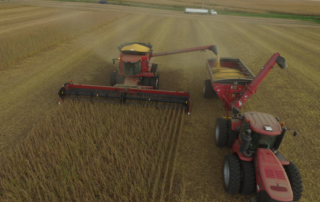
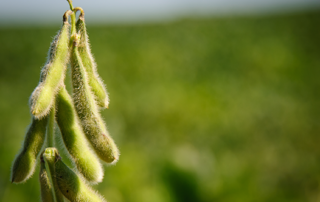
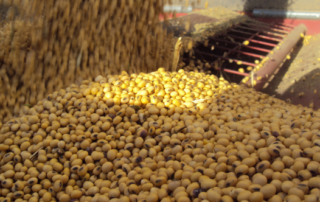
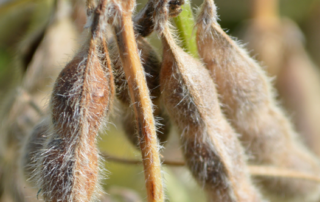
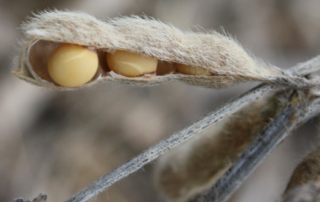
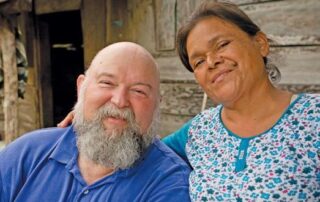
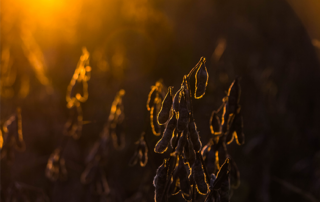
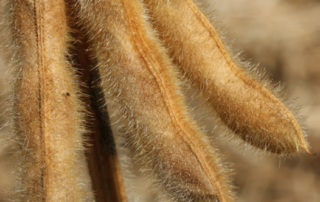
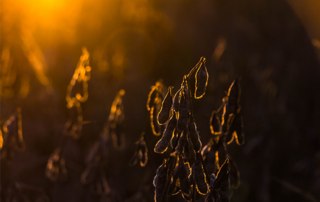

 and then
and then